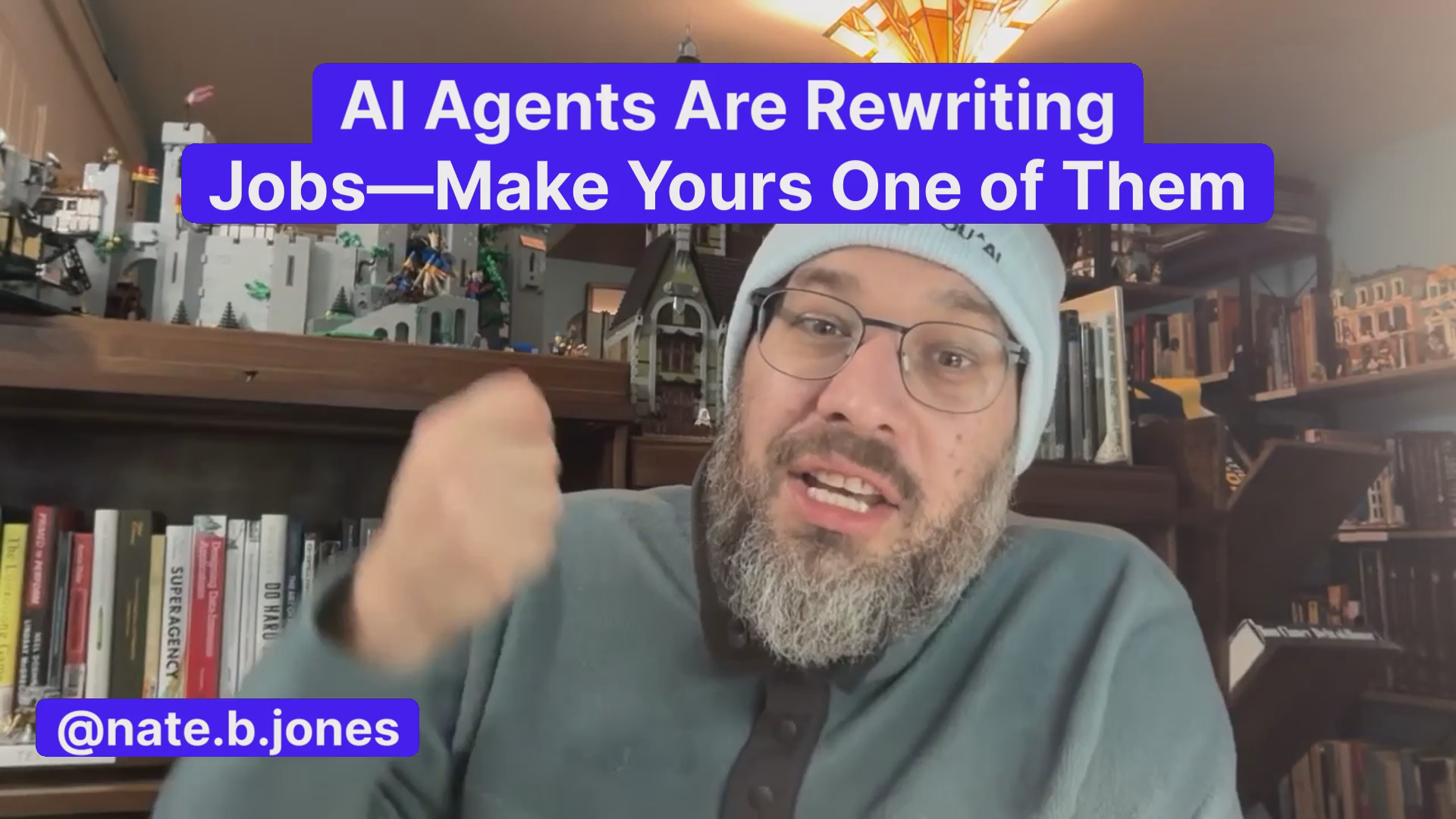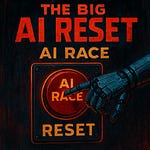Everyone is saying 2026 is the year of AI jobs.
And they mostly mean go out and find those roles.
They’re wrong.
The point for 95% of us isn’t the AI job we go and get somewhere else.
Instead, we need to be asking: “How do I turn the job I already have into an AI job?”
If that feels unsettling, that’s fair—most of us have never been taught how to do this.
This is all so new!
But here’s the reality: most of us won’t switch into an AI-title role. AI will just quietly change how our existing jobs work.
And the hard truth is this: either you design the AI-native version of your job, or someone else does it for you—and that’s what this piece is about helping you avoid.
That sounds abstract, so let me make it concrete: if you don’t figure out how to design your AI role, someone else in your organization becomes “the person who knows how to wire AI into our workflows.”
So your work gets decomposed and partially automated without your input. You find out about the new process when it shows up in your inbox (or Teams), not in the planning meeting.
But there’s another option. You can become the person who can say, “Here’s what we automate, here’s what stays human, here’s how we keep it safe.” That’s the person managers ask for input, not the person they surprise with a new process.
If you think I’m kidding, I’m not. People leaders talking to me are all looking for people like this within existing roles. So this isn’t a thought experiment. This is the shape of your day job a year from now.
I’m writing this now because 2025 has given us enough agentic rollouts and experimentation to know that AI agents actually work. The stack is finally stable enough for non-specialists to do meaningful work inside their roles. And that’s actually good news for you! Because it means you’re not late, you’re arriving right when the tools and guardrails are finally usable.
So who am I actually talking to here? This piece is for you if you’re in engineering, in product, in marketing, ops, finance, support, legal— especially managers and senior ICs at orgs that already have ChatGPT Enterprise, Copilot, Gemini, or internal bots.
It’s also for you if you’re not there yet, but you’re looking to show you can fill one of those roles. Why? Because to get one of these roles in 2026, you’ll be expected to be able to think, interview, and frame your work in terms of AI agents.
Here’s what’s in the box:
A clear map of where AI hits your job first: The specific categories of work most likely to be automated or heavily assisted across job families
Three mental models to reason about AI at work: How to talk about (and think about) AI in you role in the way leadership will expect in 2026
A concrete way to decompose your role into workflows: How to turn “I do marketing” into explicit, repeatable workflows that AI can help with
A four-step roadmap to turn your job into an AI job: Map your work like a systems designer, use the tools your company already has, ship one meaningful AI-augmented workflow, and plug into the platform and security people
And a custom prompt to help you develop a custom path forward: Decompose your job and spot solid AI workflow integration points—something you can actually use, not just read about
My whole goal here is to give you a practical kit you can use on your own job.
Look, most people have never been asked to think about their work this way, which is exactly why it’s such an advantage if you start. If you can find the bits of the work that are AI workflow-able, and if you lead the way on those yourself, you’ll get the chance to define what YOU want your role to be as it evolves.
And you don’t get that every year. 2026 is going to be one of those special years, one of those pivotal years when we get to shape our careers. Let’s make the most of it!
Listen to this episode with a 7-day free trial
Subscribe to Nate’s Substack to listen to this post and get 7 days of free access to the full post archives.












